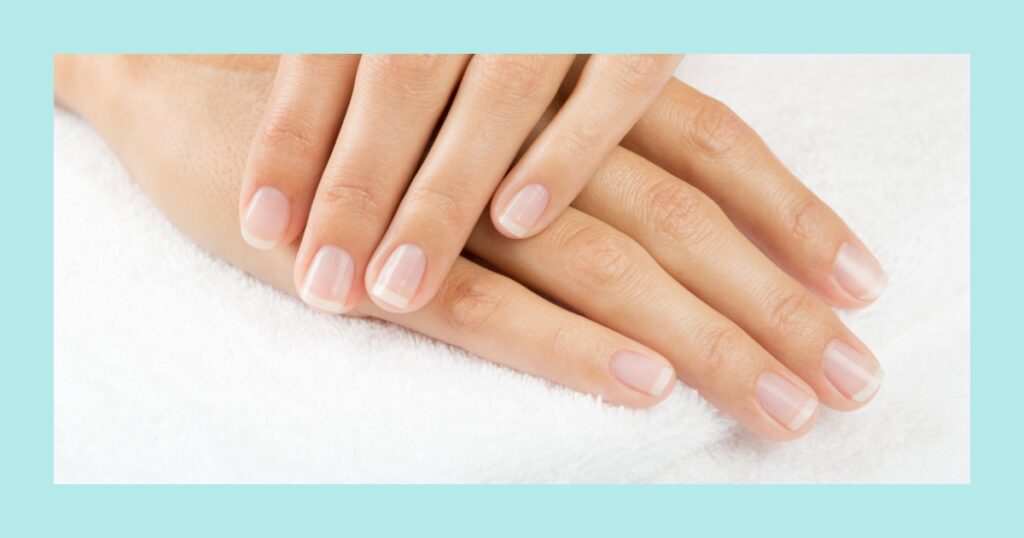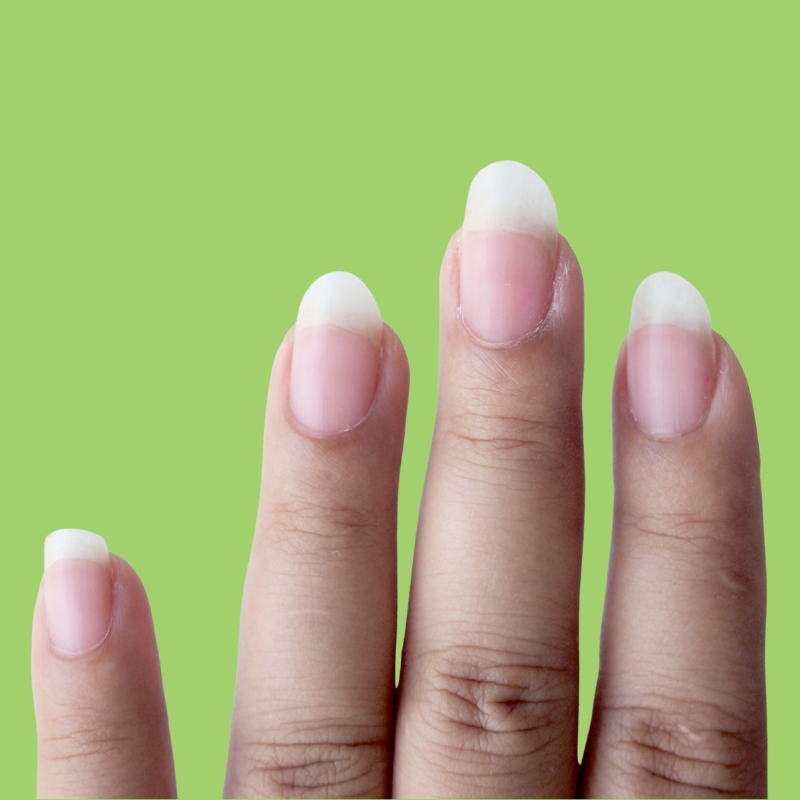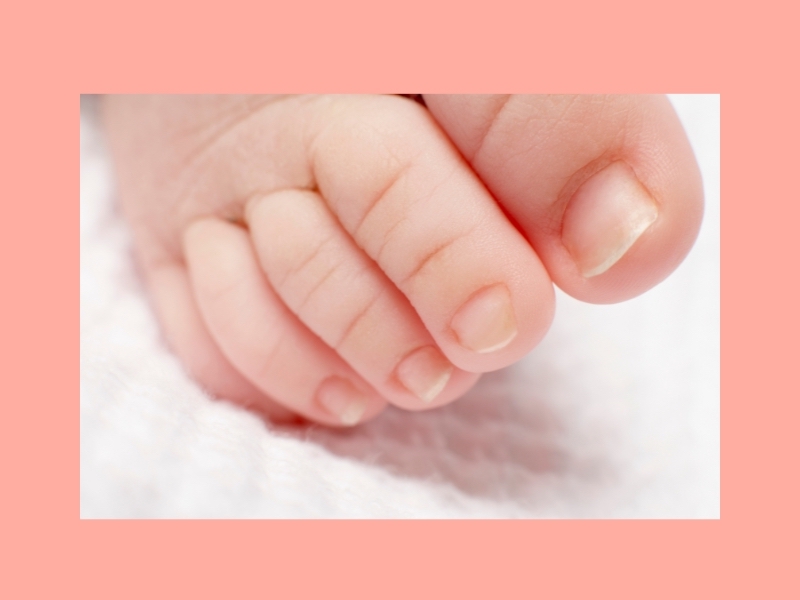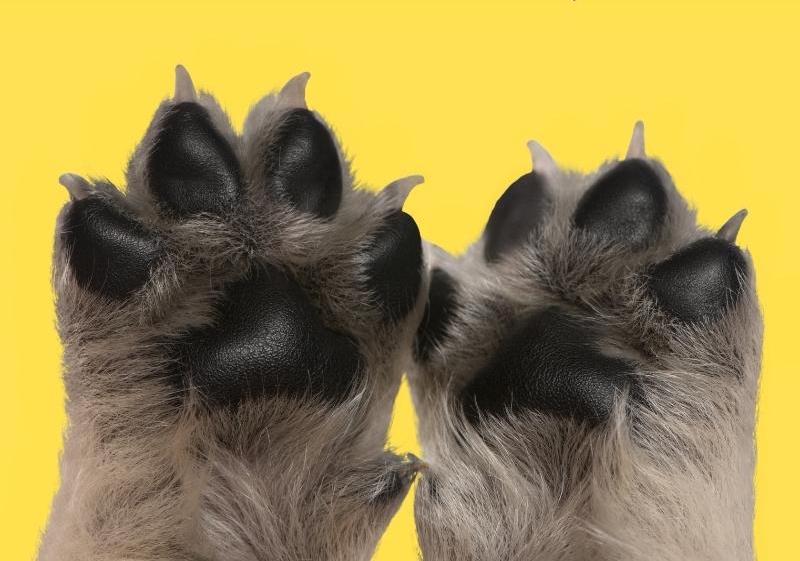Why Do People Have Fingernails and Toenails?

Have you ever wondered why the tips of your fingers and toes are tougher than your skin? As the saying goes, they are “tough as nails”! Nails are amazing parts of the human body. Let’s learn why people have fingernails and toenails instead of paws and claws.
Why do people have fingernails and toenails?

Nails have two main jobs:
- PROTECTION: Nails can prevent germs from getting into your fingers and toes. They also protect your fingers and toes from injuries.
- FINE MOTOR SKILLS: Nails can help you open things, scratch an itch, and pick up tiny objects.
What are fingernails and toenails made of?
A protein called keratin is the main ingredient!
You might be surprised that keratin is also in your hair AND the top layer of your skin.
But if they are all made of keratin, why are nails hard while hair and skin are soft?

Great question. That’s because the keratin fibers in your nails are packed closely together. In other words, the keratin is more dense.
Why do people have fingernails instead of claws?
Nails and claws are pretty similar. They are made of tough keratin proteins, but the shape is the main difference.
Nails are flat with a curved edge, while claws are thick with a cone-shaped pointy end.
Claws help animals scratch, climb, and dig; fingernails can help humans with similar tasks.
In contrast to claws, fingernails are better for delicate movements, like picking up a needle, peeling a banana, and holding a book.

When human nails grow long, they become more claw-like and less useful for human life.
Besides people, what other animals have fingernails and toenails?
Nails are part of humans and other primates like apes, monkeys, gorillas, chimpanzees, and orangutans.

To keep their nails short and useful, non-human primates often bite their fingernails and toenails.
Through climbing, grabbing, and using their hands, their nails stay short through regular wear and tear.
What if people didn’t have fingernails and toenails?
For starters, people without nails could not get manicures and pedicures. Besides fashion, regular movements like pinching, grabbing, and holding could be more challenging without the support of sturdy nails.
But some people live normal lives without nails. In fact, some people around the world are born without nails! This condition is called anonychia congenita. This fancy scientific name means “no nails since birth”.
More fun facts about your protective integumentary system
Published on October 3, 2021. Updated on January 18, 2024 by Betty Choi, MD
Published on October 3, 2021. Updated on January 18, 2024 by Betty Choi, MD

Betty Choi, MD
Dr. Betty Choi is a Harvard-trained pediatrician who makes learning fun and doable. She created the kids’ anatomy book Human Body Learning Lab, which Science Magazine recommended as a “notable standout in the genre.”


